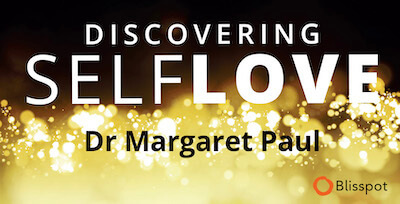Do you make excuses for others’ uncaring and disrespectful behavior toward you to avoid losing them?
I grew up with two parents who constantly lacked caring for my feelings and frequently treated me with deep disrespect. Looking back, I know that neither of them had any idea of how to compassionately manage their own feelings, so they were completely incapable of being compassionate with mine. In fact, they seemed to lack the ability to feel and show compassion. For a highly sensitive child, this was very painful.
Their lack of respect for me showed up in many ways: Projecting their feelings on to me, blaming me rather than taking responsibility for themselves, not ever seeing me or getting me, frequently judging me and yelling at me, discounting things that were important to me, and my father attempting to act out his sexual addiction on me. As many of you know from your own experiences, one gets used to being treated this way. Like most of you, I grew up thinking there was something wrong with me, and I learned to be a very good girl, always trying to please and do everything right.
“That’s Just The Way He Is”
Of course, when my husband started to treat me the same way my parents had, I accepted it. I didn’t even know that I had a choice not to accept it. I made excuses for him, telling myself, “That’s just the way he is,” and continued to be a caretaker for everyone in my family.
With the role modelling of my parents and husband regarding treating me with a lack of caring and disrespect, and because it never even occurred to me to speak up for myself, two of my three children learned to treat me the same way. Again, I made excuses, telling myself, “That’s just the way they are.” By tolerating it, I was deeply disrespecting myself and not caring about myself, and training them to continue to treat me in this uncaring and disrespectful way. As I look back, it’s amazing to me to see how unconscious I was about all of this. I truly thought I was being loving in tolerating this behaviour in my family.
Then Came Inner Bonding…
What an eye-opener this was for me! I mostly stopped caretaking, which angered everyone in my family. But even though I was no longer caretaking, I still didn’t understand the deeper dynamics of the projection, lack of caring and disrespect that I had lived with for so long. It took me many more years of practicing Inner Bonding before I tuned into this deeper level of self-abandonment.
How often, when someone is disrespectful or uncaring have you said, “Oh, no big deal — it’s just the way they are.” While it’s great to not take others’ uncaring behaviour personally, that’s not enough for your inner child to feel loved by you.
Tolerating Uncaring and Disrespectful Behavior Isn’t Loving
The more I’ve learned to see, value and cherish my inner child — my true soul essence, my unique expression of the Divine—the more intolerant I’ve become of others’ uncaring and disrespectful behaviour toward me and toward others. I now know that making excuses for others’ unloving behaviour is unloving to both me and them.
Your inner child will feel very important to you and loved by you when you have the courage to stand solid in not accepting uncaring and disrespectful behaviour toward you. This means having the courage to risk losing others rather than compromising your integrity by accepting and making excuses for their unloving behaviour. My inner child is deeply grateful that I no longer tolerate anyone’s disrespectful or uncaring behaviour toward me.








